-
Posts
10,000 -
Joined
-
Last visited
-
Days Won
13
Content Type
Profiles
Forums
Gallery
Downloads
Events
Blogs
Posts posted by GojiMet86
-
-
2 minutes ago, Via Garibaldi 8 said:
Please. I have earned the right to travel as I choose. I have used the subway for many years. I don't owe you or anyone else an explanation of how I choose to spend my money.
But you do realize the hypocrisy in calling subway riders a bunch of dirty disgusting shits, only to complain about Staten Island being called disgusting?
Quote2. 30,000 plus express bus riders have a right to rapid transit. We pay taxes. If it wasn't for us wealthier outer borough residents that pay to subsidize plenty of other things, many programs would certainly not be available that are today or they would be with less funding available. You're the type of guy that says yeah tax those with more, but don't think that those same tax payers should get their share of benefits from the taxes they pay. Insanity. Same story with the ferries. You don't want to serve those ferry riders? They pay taxes and tend to be high earners. Don't take our tax dollars then.
The ferries are still a big f**king waste by this dipshit DiBlasio.
2 -
3 minutes ago, MHV9218 said:
That is such bullshit and you know it. You just make stuff up out of thin air. Must you derail every thread?
[And just for the record, my feelings about the south edges of Staten Island – the bastion of anti-mask, racist right-wingers who saw fit to reward Dan Donovan for letting Pantaleo off the hook in the Garner non-indictment – are actually independent of how I feel about transit service there. Everybody deserves transit access.]
This is the same guy who talked shit FOR YEARS about the "dirty stinky" people who ride the subway. He's the same guy who REFUSED to ride the subway and preferred to pay much more for Metro-North WAYYYYY before the current crime and homelessness spike, deBlasio, and COVID came to town.
17 hours ago, Trainmaster5 said:Nat Ford moved on from NYCTA. David Gunn was a favorite of mine and he moved on. The DC Metro design comes from NYCT subways, down to the blue lights and the emergency alarm box setup. Earn your stripes here and move on if your upward progress is blocked. Right before I retired one of my supt. friends introduced me to a new member of the NYCT team. He came over from the LIRR. Told him that I knew about him before we met and he couldn't figure it out. Turns out that brother-in-law was hooked up with a female in his office and she gave me the lowdown on him. It's a small enclosed field when you're talking about mass transit in North America or the UK. Perhaps it's time to incorporate other perspectives into the picture such as Asia. Just my musings. Carry on.
You're not the only one who has noticed the very narrow visions of North Americans.
His ideas have been giving unneeded flack on the forums here because apparently he doesn't understand New York like New Yorkers, but Alon Levy has been really the only one studying costs of transportation systems around the world. Better yet, he is really starting to quantify the excuberant costs.
https://pedestrianobservations.com/2020/11/18/governance-in-rich-liberal-american-cities/
https://pedestrianobservations.com/2020/11/08/more-on-consultants-and-design-build/
https://pedestrianobservations.com/2019/11/08/what-is-the-anglosphere-anyway/
https://pedestrianobservations.com/2020/11/08/more-on-consultants-and-design-build/
https://pedestrianobservations.com/2020/05/22/who-is-being-empowered/
Here, I'll put this entire article here:
https://pedestrianobservations.com/2020/06/11/managerialism-and-civil-service/
QuoteI have a pretty concrete institutional theory for why the United States, and to some extent the rest of the Anglosphere, lags in infrastructure. It mostly fits the available evidence, but “mostly” and “available” are the operative words, and I don’t want to expound on it too much before doing more interviews to contrast American infrastructure planning with Continental European and democratic Asian examples, to see if there’s basis to what I’m saying.
But one piece of the theory is worth talking about early: the concept of managerialism. The relevance to infrastructure is roughly the following set of propositions that constitute this theory as applied to public policy:
Big outfits should be run by professional managers, who should be trained primarily in management and not in a specific industry; it is acceptable and even desirable for a CEO to bounce between different industries. A successful founder or manager in one field should be presumed capable of quickly acquiring expertise in another field if they move to a new industry.
Domain knowledge is suspect, because the people who hold it are self-interested – in public policy this relates to public choice theory. At best, domain knowledge means you get to work for a manager.
Managers should set up the right incentives to force underlings with domain knowledge to innovate, and do not need to acquire detailed domain knowledge themselves. For example, they should set up objective metrics to evaluate employees by rather than have close enough relationships with the employees to know intuitively who to promote.
The recruitment pipeline for the managers should combine a set of institutions producing a single elite (Oxbridge, Ivy League) with a proof-of-pudding system measuring success by earned wealth.
The upshot is that if you don’t trust any of your workers (public choice theory, again) and do trust the managerial elite to be able to run all industries equally, then you can just do whatever you want and blame the inevitable failure on the workers being too stupid or incompetent.
Note that even though this is often an anti-government theory of how to run public-sector agencies, it is as written politically neutral, and even used by leaders on the left. Politicians of all stripes appoint people with the wrong skillset to run public agencies, preferring political appointees (who in both the US and UK come from the same institutions as the private-sector managerial elite) to career professionals. Career professionals may be too politically independent and have long-term plans that are not compatible with self-aggrandizing schemes to build visible infrastructure that a politician can claim full credit for.
Note also that even though the full set of propositions I associate with managerialism comes from the English-speaking world, segments of it can be found elsewhere. France, for example, has a Grande Ecole-educated elite that views itself as omnicompetent. It differs from the Anglo-American model somewhat in that the institution that produces engineering executives (Polytéchnique) are not the same as the one that produces politicians (ENA), and a a lot in that bouncing between industries is narrower, so that SNCF is run by airline executives without experience in railways rather than by industrialists and financiers without experience in transportation.
I make no claim about whether managerialism works in other spheres, like general business. That said, in the fastest-growing high-end segment of the American economy, tech, the business culture is very different: everyone, including management, is expected to know how to code; managers are recruited from among experienced programmers; the culture regards external managers much less than it does coder-founders like Larry Page, Sergey Brin, or Mark Zuckerberg, to the point that most people in tech and tech media regard Microsoft’s stagnation in the 2000s as the fault of the transition from founder Bill Gates to the more managerial Steve Ballmer.
But in the public sector, at least in infrastructure, managerialism has not succeeded. Any of the following reasons may be relevant to the failure of turnaround experts, political appointees, private-sector CEOs, and other non-industry professionals to improve American public transportation.
American business culture assumes that the same methods work regardless of scale. Public transit is scale-dependent, which fries a lot of common private-sector assumptions. Most importantly, starting small is not always possible, especially in trains. Managers who are used to starting small end up deemphasizing the most productive parts of public transportation, like rail operations, in favor of things that can be done incrementally, like bus lanes.
American culture is generally closed to foreign knowledge. It is also pragmatic and anti-theoretical, viewing foreign knowledge as a kind of theory that must be tested at very small scale before being applied widely; one American big-city transit manager denigrated international cost comparisons as “Paris or something.” The difference between managers and industry professionals is that some of the latter understand that public transportation works better in Europe and East Asia and try to learn, whereas managers see nothing to learn in countries with living standards that are (on average) comparable to the US’s or (for senior managers) much lower.
Public transportation has a lot of moving parts that have to be planned together – timetable, infrastructure, equipment, and more broadly also development. Even within operations, there are different departments that affect one another closely, like dispatching and actual operations. This makes typical responses to bad news, like a hiring freeze, atrocious, because an overstaffed agency may have one understaffed department creating too much work for everyone else; only an experienced transportation professional would know to fix the problem department by hiring more people even in a bad economy in order to increase productivity elsewhere.
Infrastructure has very long time horizons. Agency heads have to think on the scale of decades, not quarterly earnings calls with the shareholders.
Competition is destructive. The real competition is cars, and not other modes of public transportation. Competitive private businesses generally understand coordination (“synergy” was a much-mocked buzzword in the 1990s and 2000s), but less deeply than researchers with familiarity with the situation of multimodal public transportation.
What this means is that the penchant of so many American politicians to hire outsiders to the field is not part of the solution to the problem of failing transit agencies, but rather part of the problem. Success comes from hiring people who are experienced in the field, and if the agency bureaucracy seems too inflexible, then hiring from other countries. There’s a reason Andy Byford, a career transportation planner with experience in London and Toronto, was such a hit success in New York – and there’s a reason this success involved developing much greater levels of mutual trust between management and the workers. In contrast, a string of people whose background is in a culture that treats everything as an American business to be turned around with tough management does not produce good results – rather, such leaders create problems that justify their own continued existence, blaming their own failures on the people below them.
3 -
https://www.nytimes.com/2020/11/23/nyregion/polly-trottenberg-resign-nyc.html
Quote‘Vision Zero’ Leader Is the Latest to Leave New York Mayor’s Team
The departure of Polly Trottenberg, the New York City transportation commissioner, is likely to signal a raft of departures from the de Blasio administration.
By Dana Rubinstein
Nov. 23, 2020
Updated 10:25 a.m. ETPolly Trottenberg, a key member of New York City’s leadership team, is leaving her post as transportation commissioner next month, a critical departure for Mayor Bill de Blasio as he grapples with some of the gravest political, economic and managerial challenges New York City has faced in a century.
In her seven-year tenure, Ms. Trottenberg has presided over the mayor’s Vision Zero program to reduce traffic fatalities, populated New York City with speed cameras and lined streets with bike and bus lanes.
She has tangled with Gov. Andrew M. Cuomo over subway funding, and tangled behind the scenes with the mayor over street space.
But she has also absorbed countless blows on Mr. de Blasio’s behalf, as transportation advocates have decried the quality of the city’s cycling infrastructure and the mayor’s commitment to street safety.
Ms. Trottenberg’s exit is likely to signal a coming raft of departures as Mr. de Blasio nears the end of his second and last term. In the past three months alone, he has lost his health commissioner — who disagreed with his approach to the pandemic — and his sanitation commissioner, who left office to run for mayor and immediately distanced herself from Mr. de Blasio.
Ms. Trottenberg’s resignation also hints at the extent to which the center of gravity in policy circles is shifting to Washington, D.C., where a new, ostensibly more urban-friendly administration is poised to take office. She is already serving on President-elect Joseph R. Biden Jr.’s transportation transition team, and as a former under secretary for transportation in the Obama administration, may be considered a candidate for U.S. transportation secretary.
Her job, like many in city government, has changed during the coronavirus pandemic. Once the keeper of the city’s roadways — which, assembled in a line, would stretch to Iran — she now also manages its miles of street-level, open-air cafes.
She says that in the last year in particular, the mayor has made changes to city streets that have fundamentally shifted the way public space operates in New York City.
“We have now 10,700-plus restaurants on our streets and sidewalks and it took us a matter of weeks,” Ms. Trottenberg said. “In normal times, it would have taken New York City five years to figure out how to do that.”
Early in the pandemic, Mr. de Blasio and Ms. Trottenberg opened some streets to pedestrians as part a pilot program, only to deem the program unworkable and cancel it. Under significant City Council pressure, Mr. de Blasio ultimately reinstated and expanded the initiative. He has since promised to make the program permanent.
Ms. Trottenberg is aware of the criticism aimed at the mayor from transportation advocates as well as from the bevy of would-be successors running next year to replace him.
Long a loyal soldier, Ms. Trottenberg argued that the mayor did not get nearly enough credit for his accomplishments on transportation. She argued that his Vision Zero program to reduce traffic fatalities was a significant, paradigm-shifting accomplishment, one emulated around the country.
Ms. Trottenberg acknowledged in an interview that she and the mayor did not speak or meet “all that often.” She did not deny that she and the mayor were not always on the same page. Last year, he publicly criticized her agency’s plan to curtail traffic around Rockefeller Center during the holiday season. During the pandemic, she suggested his suspension of alternate side parking rules was slowing the expansion of bike lanes.
“I think it is natural with any mayor and commissioner, you’re going to have back and forth on big decisions,” she said.
Ms. Trottenberg’s legacy is bound up with the mayor’s. Her proudest accomplishment — the Vision Zero plan — is also his. She was by Mr. de Blasio’s side in 2014 when he rolled out the signature street safety initiative, which aimed to eliminate traffic deaths by 2024.
Over the years, the administration has made progress toward that goal. The year 2018 was the safest on record for New York City roadways, an accomplishment city officials tie to changes in the way they manage streets.
Progress has not come without some backsliding. It’s hard to find anyone, Ms. Trottenberg included, who thinks the city will achieve zero fatalities by the target year of 2024, as Vision Zero intended. Last year, street fatalities rose, and they may be on track to rise again this year, something Ms. Trottenberg attributes in part to a pandemic-era rise in motorcycle use and reckless driving, as people avoid the subway.
“It’s appearing to be a bit of a national phenomenon,” she said. “This has been a year of emotion and some disorder, and unfortunately that’s played out in a lot of different spheres, including on our roadways.”
Still, the building blocks seem to be in place.
In 2013, New York City won the right to deploy speed cameras near 20 schools. With Ms. Trottenberg’s help, the city won state authorization to deploy thousands of speed cameras in 750 zones that the city said would cover every elementary, middle and high school in the city. While Texas last year banned traffic safety cameras, New York City now has what Ms. Trottenberg says is the largest municipal speed camera program in the country.
In a bid to improve pedestrian safety, New York City also lowered its default speed limit to 25 miles an hour.
Ms. Trottenberg worked with the state’s Metropolitan Transportation Authority to implement the city’s first busway, along 14th Street in Manhattan. More busways are in the works.
And she expanded the city’s network of protected bike lanes from 36 miles to 120 miles, though advocates say the quality of the bike lanes — and the city’s enforcement of them — is lacking.
“We have cars and trucks parked in every single bike lane in the city all the time, even the best-protected ones,” said Jon Orcutt, the communications director at Bike New York and the former policy director at the city’s transportation department. “The protections they’re putting in are weaker than ever. Same with the bus lanes.”
The last year has also brought personal challenges to the job. The agency lost six employees and three contractors to Covid-19. Instead of spearheading new initiatives, Ms. Trottenberg found herself attending Zoom memorial services and trying to run an agency from home.
Still, she suggested that the pandemic had underscored how much she and the mayor managed to accomplish, with the city’s new environment almost redefining the role of the transportation department.
“I would particularly point to this pandemic year,” Ms. Trottenberg said. “At least in the transportation world, the mayor made some pretty extraordinary decisions. I think people don’t necessarily appreciate that.”
0 -
2 hours ago, paulrivera said:
California's gone so far to the left that they're halfway to Hawaii.
Those nanny state laws coming out of San Francisco in particular are something else... Soda taxes, smoking bans in your own house, wars on plastic, can't use your fireplace... ugh... (and I'm a democrat)
And what's wrong with that?......
0 -
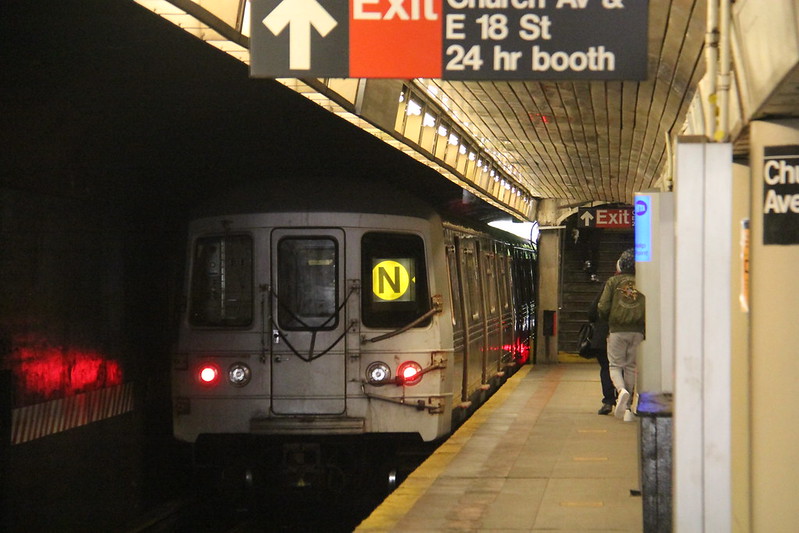 IMG_6948 by GojiMet86, on Flickr
IMG_6948 by GojiMet86, on Flickr
 IMG_6950 by GojiMet86, on Flickr
IMG_6950 by GojiMet86, on Flickr
 IMG_6951 by GojiMet86, on Flickr
IMG_6951 by GojiMet86, on Flickr
 IMG_6965 by GojiMet86, on Flickr
IMG_6965 by GojiMet86, on Flickr
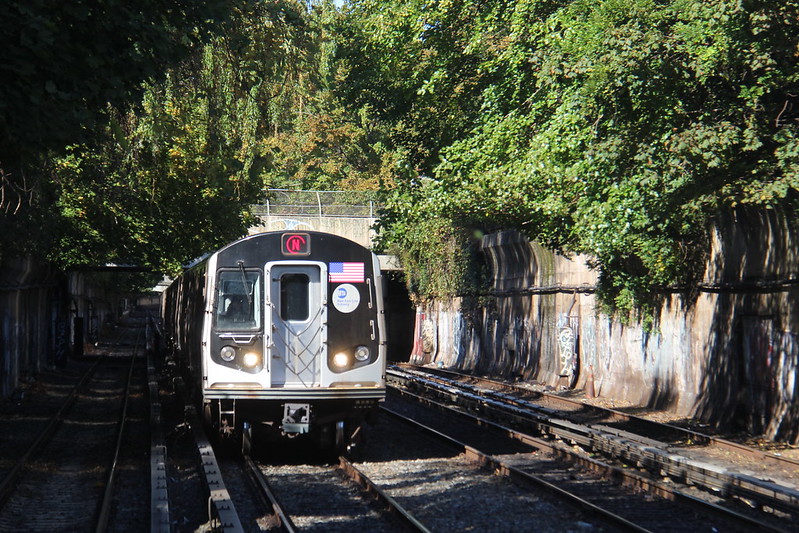 IMG_6966 by GojiMet86, on Flickr
IMG_6966 by GojiMet86, on Flickr
 IMG_6970 by GojiMet86, on Flickr
IMG_6970 by GojiMet86, on Flickr
 IMG_6972 by GojiMet86, on Flickr
IMG_6972 by GojiMet86, on Flickr
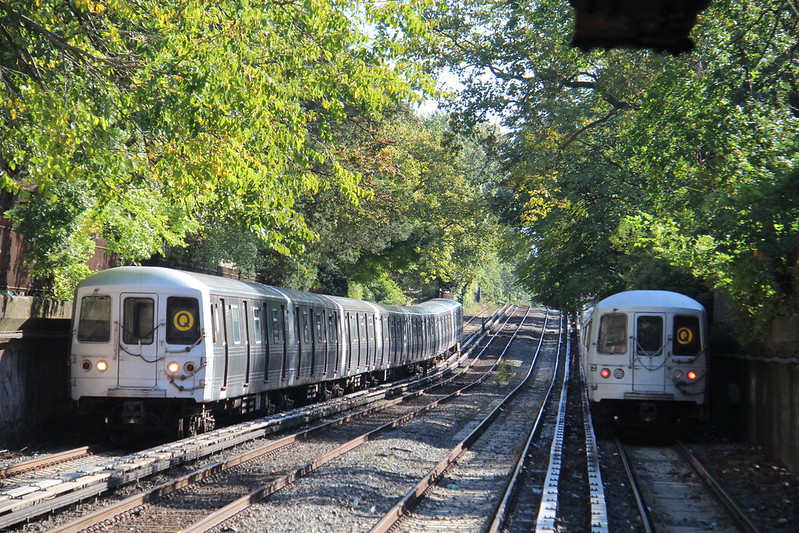 IMG_6977 by GojiMet86, on Flickr
IMG_6977 by GojiMet86, on Flickr
 IMG_6978 by GojiMet86, on Flickr
IMG_6978 by GojiMet86, on Flickr
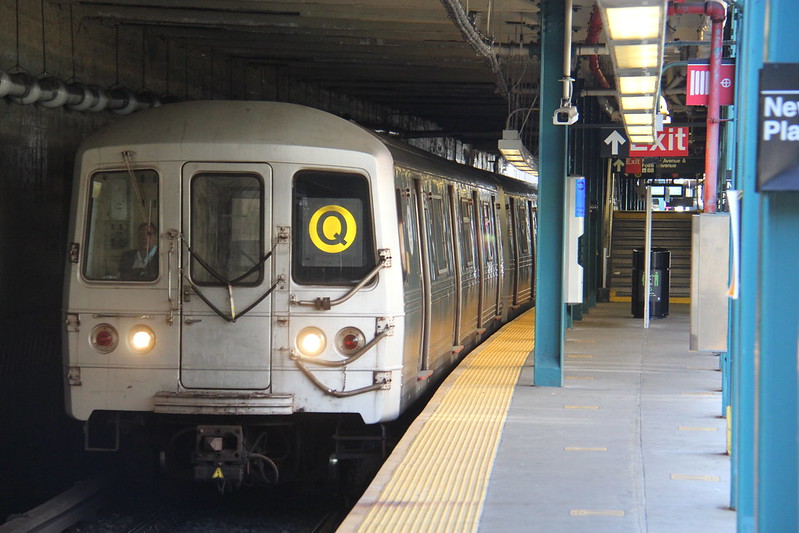 IMG_6980 by GojiMet86, on Flickr
IMG_6980 by GojiMet86, on Flickr
 IMG_6981 by GojiMet86, on Flickr
IMG_6981 by GojiMet86, on Flickr
 IMG_6984 by GojiMet86, on Flickr
IMG_6984 by GojiMet86, on Flickr
 IMG_6988 by GojiMet86, on Flickr
IMG_6988 by GojiMet86, on Flickr
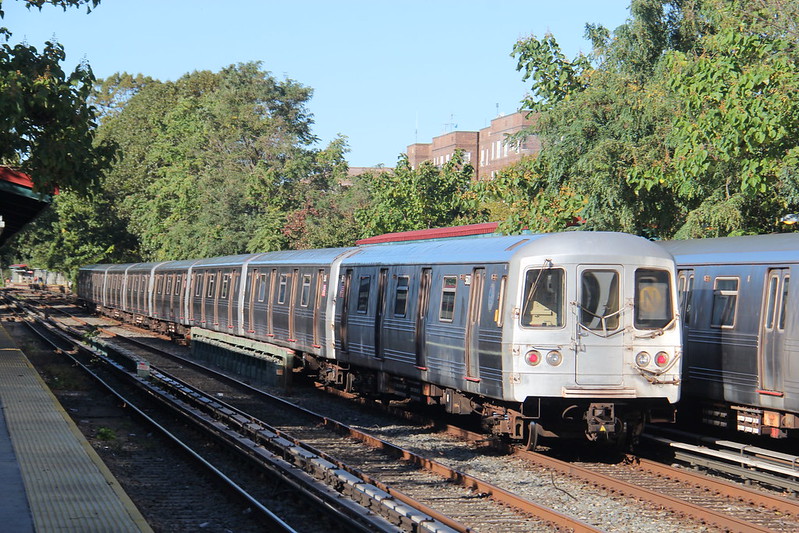 IMG_6993 by GojiMet86, on Flickr
IMG_6993 by GojiMet86, on Flickr
 IMG_6999 by GojiMet86, on Flickr
IMG_6999 by GojiMet86, on Flickr
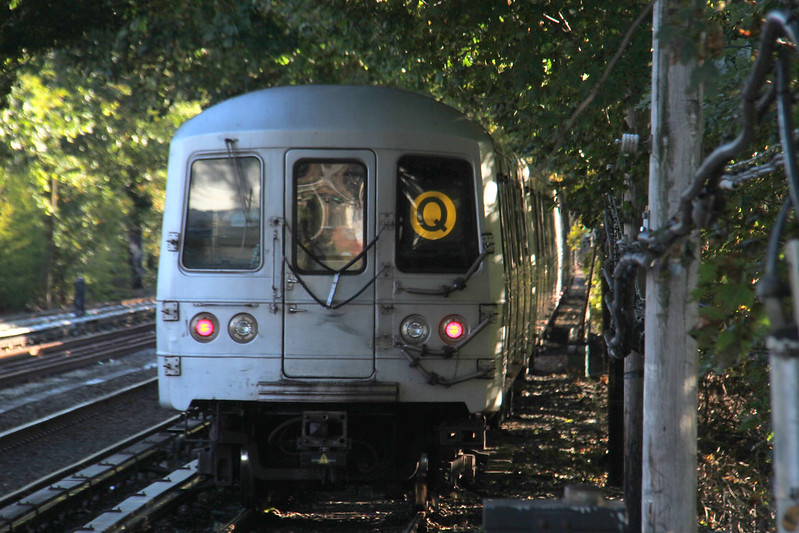 IMG_7002 by GojiMet86, on Flickr
IMG_7002 by GojiMet86, on Flickr
 IMG_7004 by GojiMet86, on Flickr
IMG_7004 by GojiMet86, on Flickr
 IMG_7009 by GojiMet86, on Flickr
IMG_7009 by GojiMet86, on Flickr
 IMG_7014 by GojiMet86, on Flickr
IMG_7014 by GojiMet86, on Flickr
 IMG_7021 by GojiMet86, on Flickr
IMG_7021 by GojiMet86, on Flickr
 IMG_7025 by GojiMet86, on Flickr
IMG_7025 by GojiMet86, on Flickr
 IMG_7029 by GojiMet86, on Flickr
IMG_7029 by GojiMet86, on Flickr
 IMG_7033 by GojiMet86, on Flickr
IMG_7033 by GojiMet86, on Flickr
 IMG_7052 by GojiMet86, on Flickr
IMG_7052 by GojiMet86, on Flickr
 IMG_7066 by GojiMet86, on Flickr
IMG_7066 by GojiMet86, on Flickr
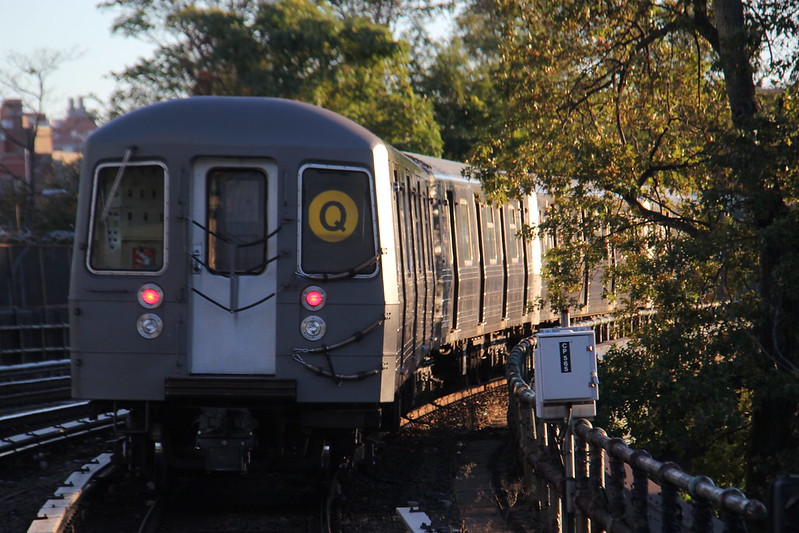 IMG_7075 by GojiMet86, on Flickr
IMG_7075 by GojiMet86, on Flickr
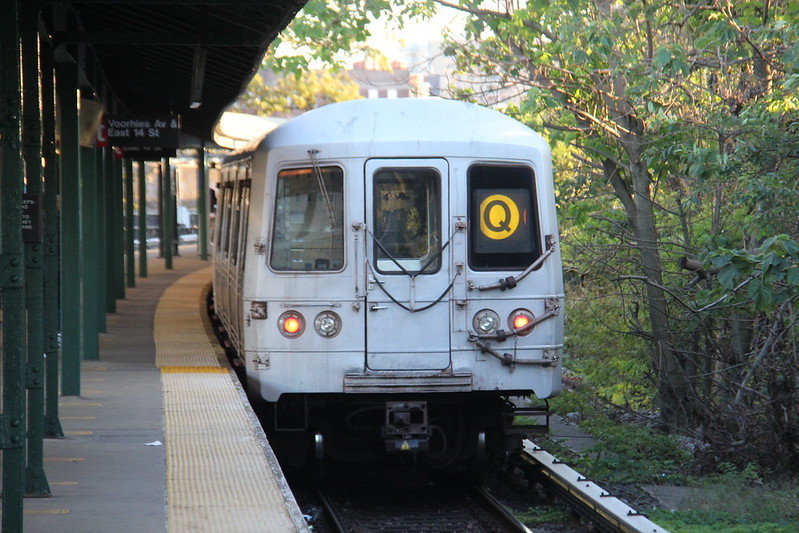 IMG_7077 by GojiMet86, on Flickr
IMG_7077 by GojiMet86, on Flickr
 IMG_7082 by GojiMet86, on Flickr
IMG_7082 by GojiMet86, on Flickr
 IMG_7091 by GojiMet86, on Flickr
IMG_7091 by GojiMet86, on Flickr
 IMG_7093 by GojiMet86, on Flickr
IMG_7093 by GojiMet86, on Flickr
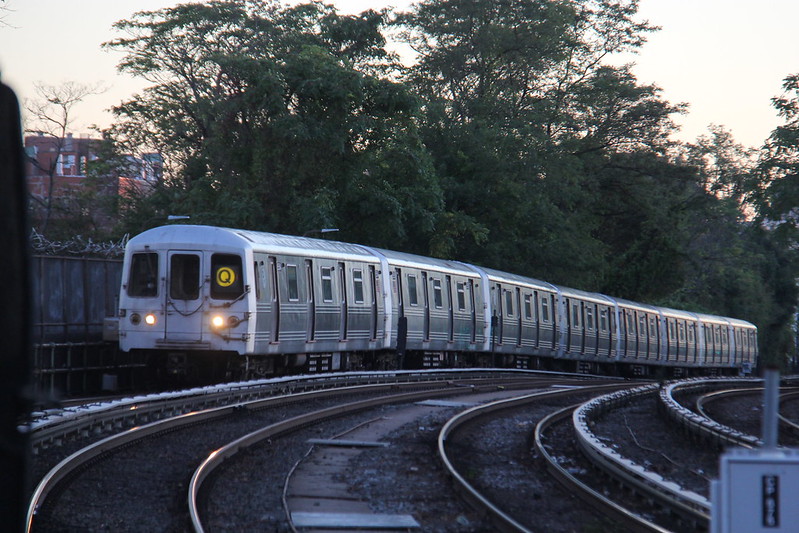 IMG_7106 by GojiMet86, on Flickr
IMG_7106 by GojiMet86, on Flickr
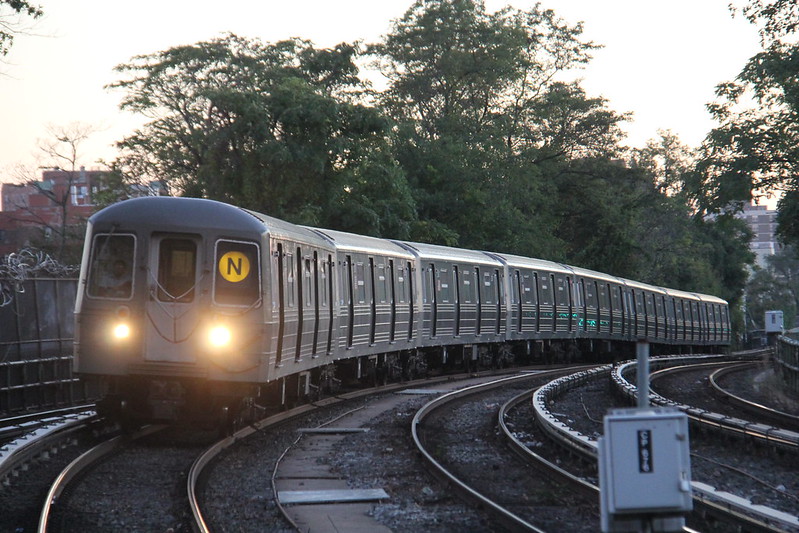 IMG_7115 by GojiMet86, on Flickr
IMG_7115 by GojiMet86, on Flickr
 IMG_7119 by GojiMet86, on Flickr
IMG_7119 by GojiMet86, on Flickr
 IMG_7122 by GojiMet86, on Flickr
IMG_7122 by GojiMet86, on Flickr
 IMG_7126 by GojiMet86, on Flickr
2
IMG_7126 by GojiMet86, on Flickr
2 -
8 minutes ago, Cait Sith said:
Because no one was really taking it....LIRR was scaled back pretty hard too. Atlantic Terminal service was decimated and there was no Far Rockaway/Hempstead trains at Penn Station. Babylon Branch basically had the most service. Now? Babylon still has the most service. A lot of trips have been cut....
They also couldn't scale back bus and subway service the entire way because a lot of people that were taking the subways were essential workers...most notably, hospital workers. That was the MTA's entire argument throughout the whole thing.12 minutes ago, Via Garibaldi 8 said:Yes, but not the entire time. Of course at one point service was scaled back, but that has not been the case the entire time. That's my point. Metro-North has been scaled back from the beginning. The buses and subways have not.
I guess the question is have the subways and buses been cut, and if so, by how much?
Cait says "They also couldn't scale back bus and subway service the entire way", which is absolutely true.
VG8 says "Metro-North has been scaled back from the beginning. The buses and subways have not".
Which would be true......except it's not true at all. They were indeed cut, just not as much as MNRR or the LIRR......which is what Cait is saying.
I had to go back to March, THE BEGINNING, for this:
https://www.nytimes.com/2020/03/24/nyregion/coronavirus-nyc-mta-cuts-.html
Remember how the B, W, and Z were cut? Or how frequencies were scaled back?
QuoteMarch 24, 2020
As the coronavirus engulfs New York, the city’s public transportation network is slashing service by at least 25 percent with ridership in free fall and an increasing number of sick workers hobbling its ability to run a normal operation.
The decision to cut service on the network, the nation’s largest, on Tuesday came after ridership on the subway plunged a staggering 87 percent — or nearly 4.8 million riders — compared with the same day last year.
Personnel shortages forced the Metropolitan Transportation Authority, which oversees subways, buses and two commuter rails, to temporarily eliminate service on three subway lines: the B, the W and the Z.
.
.
.
Starting on Wednesday, the authority will reduce bus service by around 25 percent. On Friday, it will cut service on the Long Island Rail Road by around 35 percent and service on Metro-North Railroad, which serves communities north of New York City, by around 50 percent though extra trains will run during peak hours.
Seven express subway lines, including the No. 4, 5, 6, 7 and the J and D lines, will run locally on all or part of their routes.
AND it's not it would have been a good idea to cut subway service 50% or even more.
Remember how clueless everyone was about the coronavirus, including scientists and the medical profession as a whole? They wanted to be super careful about it, and at that point they figured it was more contagious than your usual flu.
Does VG8 even remember that the MTA had 24/7 service? That was cut in May, about a month and a quarter after the March cuts.
3 -
This looks to be the property:
 0
0 -
10 minutes ago, MHV9218 said:
Right, because Italy is consistently invaded by *checks notes* France and Switzerland. As goes Norway into Sweden. And England into France.
Besides demonstrating your worldliness, what is this supposed mean?
I still remember that he admires Mussolini's Fascist Italy.
2 minutes ago, NewFlyer 230 said:Personally I would have taken the 1.9 trillion and fought for another stimulus later on. I understand it may be harder down the line to get a bigger stimulus but my thing is some stimulus would be better than no stimulus. Of course 2.2 trillion is more ideal, but I feel during times like this you need to get what you can get. I know that’s a wacky mentality to have but 1.9 is still not a little bit of money. I’m not going to say Pelosi was being greedy, but the fact is we still don’t have anything despite being promised about another stimulus since I believe June or July and it’s almost December. People are suffering out there and it will get worst if they don’t release something. It just goes to show that our politics are very dysfunctional, because instead of the two sides fighting they should be working together to get America back on track.
But they won't. The right and conservatives won't acknowledge that COVID is even a real danger.
2 -
6 minutes ago, danielhg121 said:
Just curious, if I use a PPR Metrocard and I swipe in on PATH, is there a transfer encoded on it for transfer onto the subway?
There shouldn't be. The MetroCard should be paying twice (one for PATH, one for MTA).
1 -
2 minutes ago, R10 2952 said:
Dude be acting like he's a GTA protagonist or something.
Just add a CNG tank to that bus and now we talking.
5 -
The new Alstom cars for the new Montreal Réseau express métropolitain (REM) system:
https://www.facebook.com/ALSTOM
 1
1 -
42 minutes ago, Lex said:
And I'd repurpose Lower Montauk for that one (with some changes to do a better job of serving some of the more residential areas in Queens).
I've done the same with my fantasy map. I would have a Northern Blvd-34 Street line and a Lower Montauk-23rd Street line, but they would continue to New Jersey (34 to Staten Island via Bayonne and 23 to Fort Lee via Bergenline).
0 -
 IMG_6260 by GojiMet86, on Flickr
IMG_6260 by GojiMet86, on Flickr
 IMG_6266 by GojiMet86, on Flickr
IMG_6266 by GojiMet86, on Flickr
 IMG_6269 by GojiMet86, on Flickr
IMG_6269 by GojiMet86, on Flickr
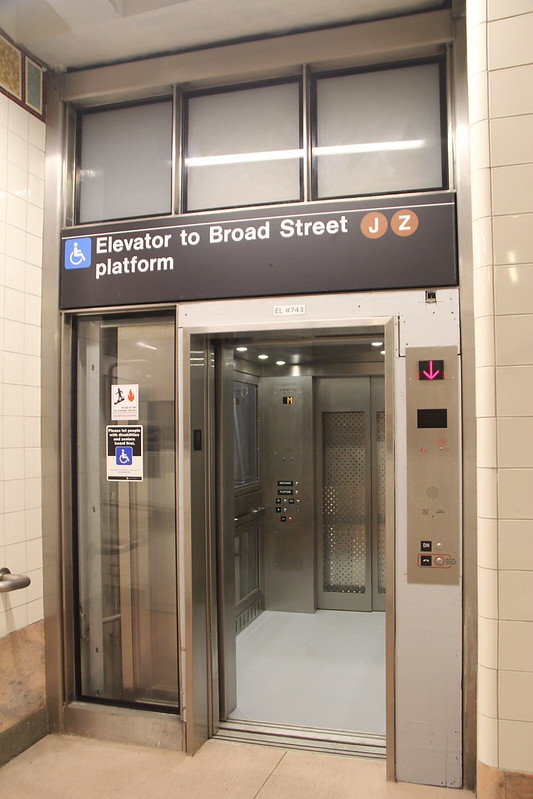 IMG_6272 by GojiMet86, on Flickr
IMG_6272 by GojiMet86, on Flickr
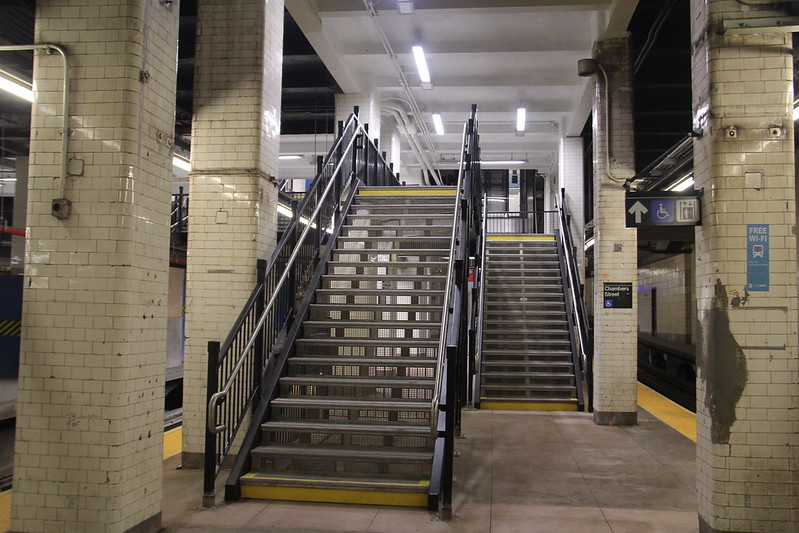 IMG_6275 by GojiMet86, on Flickr
IMG_6275 by GojiMet86, on Flickr
 IMG_6276 by GojiMet86, on Flickr
IMG_6276 by GojiMet86, on Flickr
 IMG_6279 by GojiMet86, on Flickr
IMG_6279 by GojiMet86, on Flickr
 IMG_6289 by GojiMet86, on Flickr
IMG_6289 by GojiMet86, on Flickr
 IMG_6293 by GojiMet86, on Flickr
IMG_6293 by GojiMet86, on Flickr
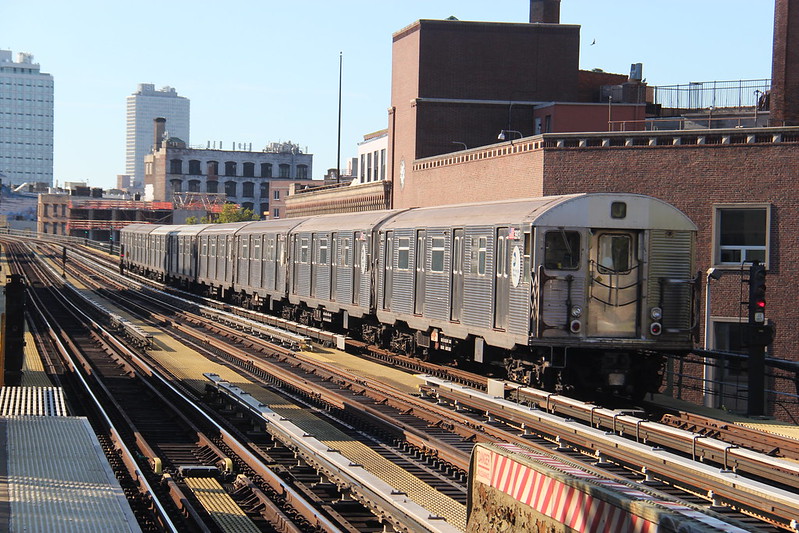 IMG_6300 by GojiMet86, on Flickr
IMG_6300 by GojiMet86, on Flickr
 IMG_6303 by GojiMet86, on Flickr
IMG_6303 by GojiMet86, on Flickr
 IMG_6311 by GojiMet86, on Flickr
IMG_6311 by GojiMet86, on Flickr
 IMG_6316 by GojiMet86, on Flickr
IMG_6316 by GojiMet86, on Flickr
 IMG_6320 by GojiMet86, on Flickr
IMG_6320 by GojiMet86, on Flickr
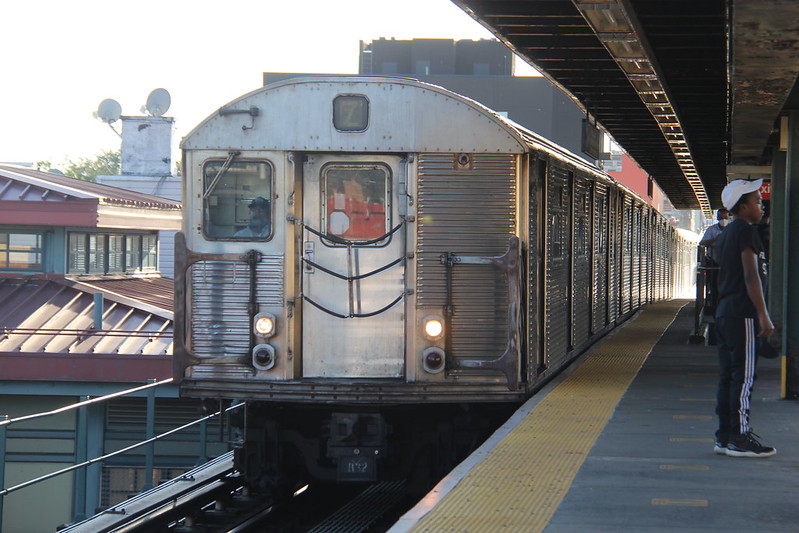 IMG_6321 by GojiMet86, on Flickr
IMG_6321 by GojiMet86, on Flickr
 IMG_6323 by GojiMet86, on Flickr
IMG_6323 by GojiMet86, on Flickr
 IMG_6324 by GojiMet86, on Flickr
IMG_6324 by GojiMet86, on Flickr
 IMG_6325 by GojiMet86, on Flickr
IMG_6325 by GojiMet86, on Flickr
 IMG_6329 by GojiMet86, on Flickr
IMG_6329 by GojiMet86, on Flickr
 IMG_6333 by GojiMet86, on Flickr
IMG_6333 by GojiMet86, on Flickr
 IMG_6338 by GojiMet86, on Flickr
IMG_6338 by GojiMet86, on Flickr
 IMG_6339 by GojiMet86, on Flickr
IMG_6339 by GojiMet86, on Flickr
 IMG_6342 by GojiMet86, on Flickr
IMG_6342 by GojiMet86, on Flickr
 IMG_6344 by GojiMet86, on Flickr
0
IMG_6344 by GojiMet86, on Flickr
0 -
So my brother is telling me that the
 he was on tonight was rerouted to 96th Street, but he and the other people were kicked out 63rd Street, making him take a taxi home with another straphanger.
he was on tonight was rerouted to 96th Street, but he and the other people were kicked out 63rd Street, making him take a taxi home with another straphanger.
Was the
 supposed to go all the way to 96th? Or are passengers kicked out wherever they decide to kick them out?
0
supposed to go all the way to 96th? Or are passengers kicked out wherever they decide to kick them out?
0 -
15 minutes ago, Reptile said:
1000 pages!
What is the reason for the Second Avenue Subway/Hudson Yards stations having such large mezzanines but such small platforms? IMO Archer Ave had the best balance and the bigger IRT stations.
Actually, my impression is that the new platforms are really wide and big compared to just about everything that came before them.
0 -
2 minutes ago, NBTA said:
What in the world is this?
Also, first time I've seen Eagle Team since the pandemic started, they're along 23rd Street.
Must be one of the new XDE40s.
0 -
3 minutes ago, danielhg121 said:
It certainly feels like they were rushing them to scrap towards the end. Was it really necessary to kill off the 05's in such a hasty manner? Do the batteries die out? JFK was definitely running them to the ground, 6541 had little dings and scraped paint all over the bus.
So are these the units being replaced by the new LFS and Xcelsior hybrids then?
0 -
5 hours ago, bobtehpanda said:
I mean, sure? Do whatever floats your boat, not everyone on these forums is about the same thing all the time, or needs gatekeeping. Don't remember anyone asking for your seal of approval 🙄
I know right? Like if we really wanted to be realistic, we wouldn't have this thread.
What's all there is realistically left to do? Propose working on signals? The MTA has teams working on this,......maybe, I don't know what the state of the signals program is anymore. What about money problems? Yeah, like a bunch of 20-year olds have the knowledge of the inner workings of the State and the power to actually do something.
1 -
10 minutes ago, danielhg121 said:
They're advanced enough to detect if the storm window fell out of the train? That's a bit surprising to say the least.
That is what I have been wondering. The train was an R46. I did not take a good look at the window (I was in another car in the other set). So I don't know exactly what window it was, or if someone pulled the emergency brake when that happened, or if the R46 does indeed have such a mechanism.
0 -
......And the northbound
 I am on has stopped between Sheepshead and Kings Highway. It stopped around 7:05 PM, and it sounded like the emergency brake was pulled.
I am on has stopped between Sheepshead and Kings Highway. It stopped around 7:05 PM, and it sounded like the emergency brake was pulled.
At around 7:20, the conductor says that there is a broken window in the back of the train.
...Update: Storm window in the back fell out of the train.
0 -
There's a mixed R68/R68A consist on the
 today. Probably in Lower Manhattan now, heading northbound to Ditmars.
0
today. Probably in Lower Manhattan now, heading northbound to Ditmars.
0 -
Vanshnookenragen came out with a new post about de-interlining the BMT in Brooklyn today:
http://www.vanshnookenraggen.com/_index/2020/10/deinterlining-with-one-switch/
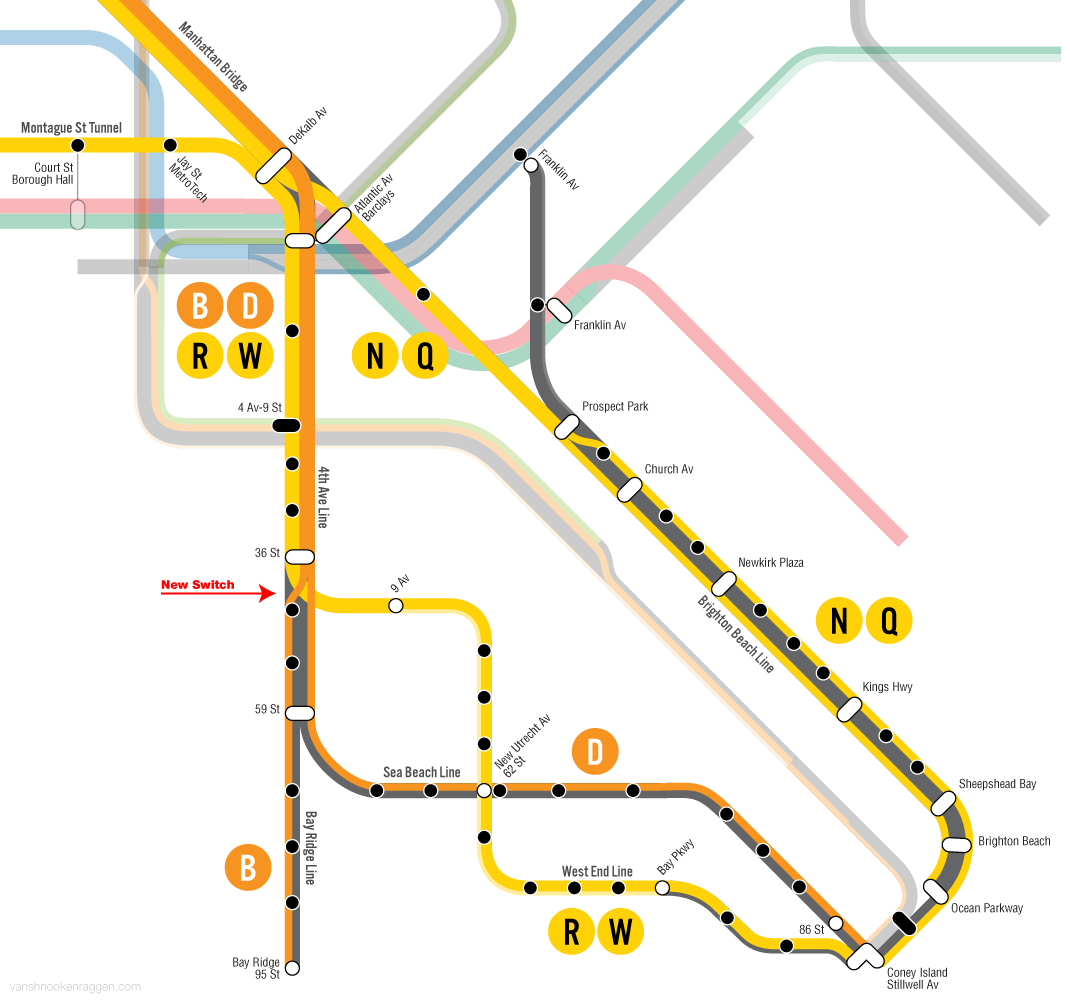

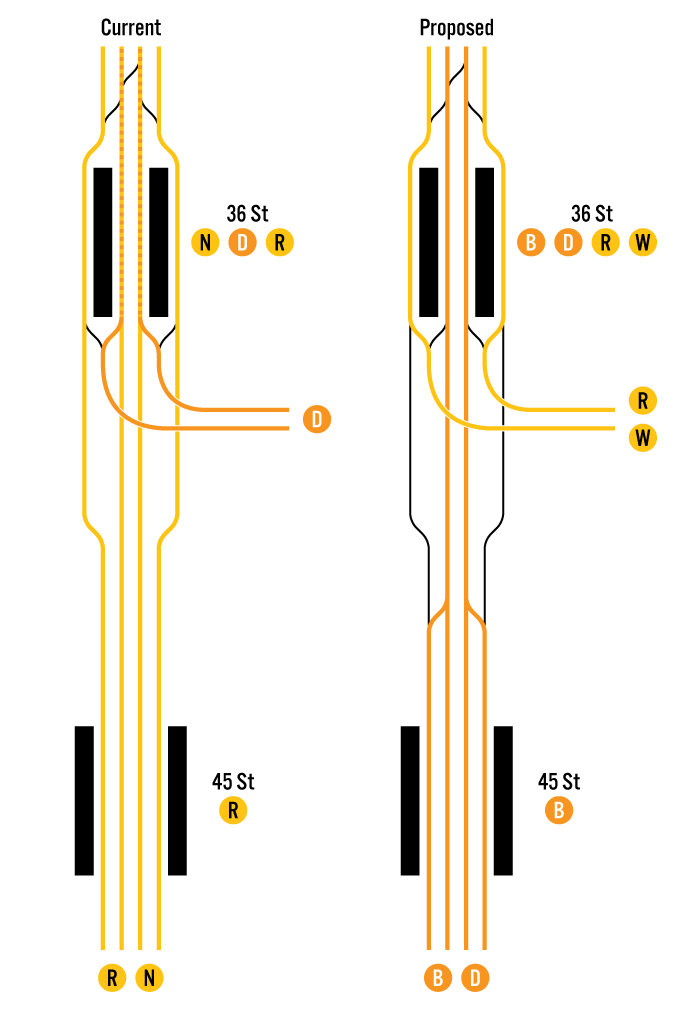
 Quote
QuoteService Increase
The Bay Ridge Line will see an increase of up to 50% over existing levels of service and riders will save 5 minutes each way to Atlantic Ave:
Present: R trains at 10tph, 28 minutes local 95th St to Atlantic Ave
Proposed: B trains at 15tph, 23 minutes express 95th St to Atlantic Av
The Brighton Beach Line will see and increase of up to 66.6% over existing levels of service:
Present: B and Q trains at a combined 18tph
Proposed N and Q trains at a combined 30tph
The Sea Beach Line will see and increase of up to 66.6% over existing levels of service:
Present: N trains at 9tph
Proposed: D trains at 15tph
The West End Line will see and increase of up to 80% over existing levels of service:
Present: D trains at 10tph, 12 minutes express 36th St to Atlantic Av
Proposed: R trains at 18tph, 15 minutes local 36th St to Atlantic Av.
Building a new switch instead of a full subway extension and yard would have the highest return on investment of possibly any transit investment. Though with MTA costs still out of control it’s hard to know just how much this will cost. Proposed new switches at Rogers Junction on the IRT Eastern Parkway Line have seen cost estimates between $300m and $1.6b. But there no switch provisions exist. On 4th Ave the space exists and will require far less construction.
The new routes would change how riders will have to think about commuting but the benefits far out weigh any short term inconvenience. Deinterlining the Brooklyn branches will also allow the network to better respond to demand changes and will cut down on delays. The service levels proposed above are the maximum possible in the current system and can be easily dialed down if needed. CBTC signals will allow more service when installed but aren’t required for this switch.
The MTA and NYCT are using the current downturn in ridership to work on maintenance backlogs and get work done quicker. Recently a rebuild of the E train tracks along the Archer Ave Line was finished ahead of schedule and work on the Rutgers St Tunnel (damaged by Superstorm Sandy) is moving along quickly. Installing a new switch isn’t as simple as placing new tracks but it is far more simple than planning and building a new line. A post-Covid world will see fewer riders going to Manhattan but more within their own borough and more throughout the day. The system we need for tomorrow is not the one we’ve inherited. Now is the time to start thinking about how to stabilize and turn the ship.
1 -
 IMG_6597 by GojiMet86, on Flickr
IMG_6597 by GojiMet86, on Flickr
 IMG_6699 by GojiMet86, on Flickr
IMG_6699 by GojiMet86, on Flickr
 IMG_6701 by GojiMet86, on Flickr
IMG_6701 by GojiMet86, on Flickr
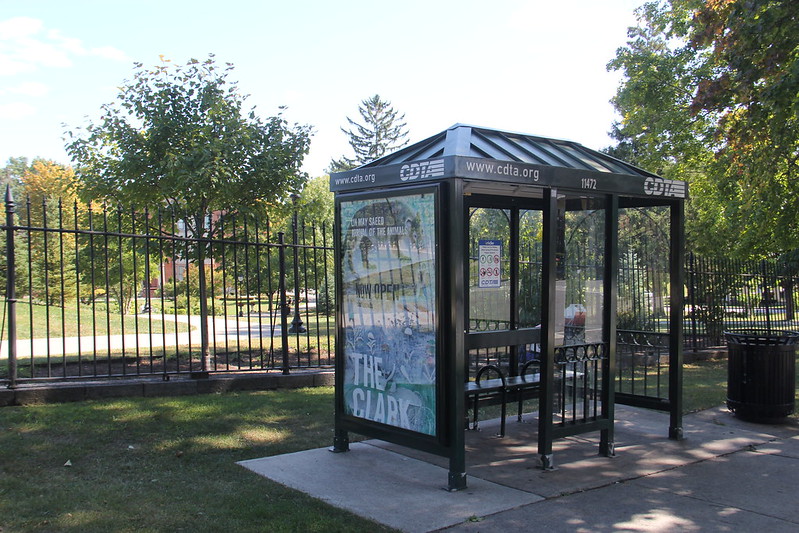 IMG_6709 by GojiMet86, on Flickr
IMG_6709 by GojiMet86, on Flickr
 IMG_6718 by GojiMet86, on Flickr
IMG_6718 by GojiMet86, on Flickr
 IMG_6725 by GojiMet86, on Flickr
IMG_6725 by GojiMet86, on Flickr
 IMG_6732 by GojiMet86, on Flickr
IMG_6732 by GojiMet86, on Flickr
 IMG_6751 by GojiMet86, on Flickr
IMG_6751 by GojiMet86, on Flickr
 IMG_6771 by GojiMet86, on Flickr
IMG_6771 by GojiMet86, on Flickr
 IMG_6791 by GojiMet86, on Flickr
IMG_6791 by GojiMet86, on Flickr
 IMG_6801 by GojiMet86, on Flickr
IMG_6801 by GojiMet86, on Flickr
 IMG_6804 by GojiMet86, on Flickr
IMG_6804 by GojiMet86, on Flickr
 IMG_6810 by GojiMet86, on Flickr
IMG_6810 by GojiMet86, on Flickr
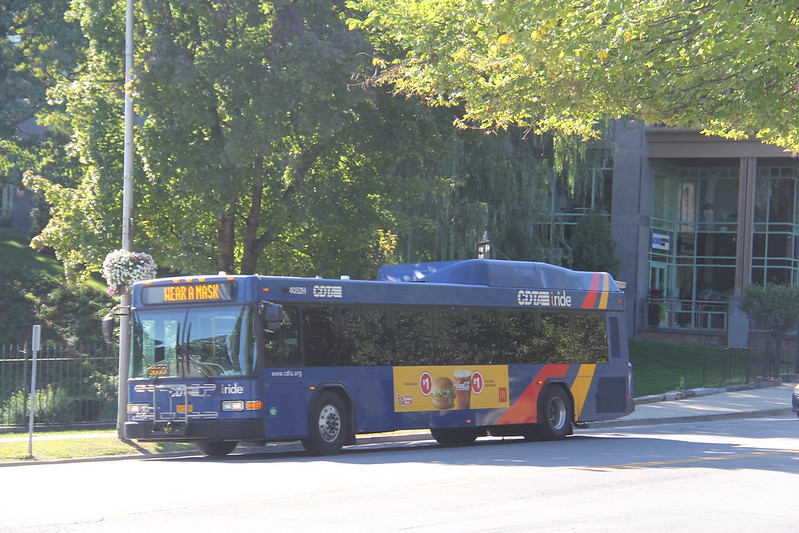 IMG_6827 by GojiMet86, on Flickr
0
IMG_6827 by GojiMet86, on Flickr
0 -
I suggest BusTalk: http://forum.bustalk.info/.
Yeah, it's still there. The galleries are here: http://gallery.bustalk.info/
2






MTA's Budget crisis makes people voice stupid ideas
in New York City Subway
Posted
Obviously this won't happen, but...
If in ten years, the city miraculously decided to build a subway from say, Midtown to Staten Island via Bayonne, or extend the to Rosedale (as was planned in the '80s) or build a line to Whitestone...
to Rosedale (as was planned in the '80s) or build a line to Whitestone...
Then those good outer borough residents should have no problem whatsover,......right?
There shouldn't be mass protests by them about how these lines would be bringing the unwanted elements,......right?
I shouldn't be seeing Queen Nicole bitch about the city encroaching on SI,......right?
See, I'm saying you're calling ALL subway riders dirty, not just the trains and conditions themselves.
Conditions, that's something anyone can call out. I see that all the time in the SI Advocacy group. I've seen how shitty (literally) the subway can be.
But you never call express riders as a whole dirty,......right?